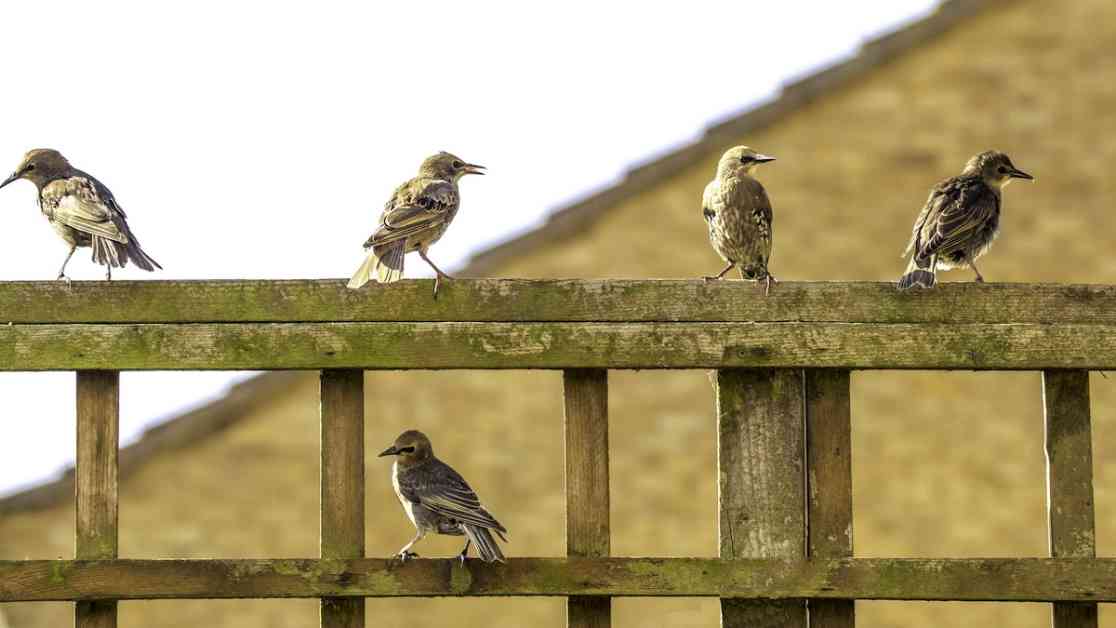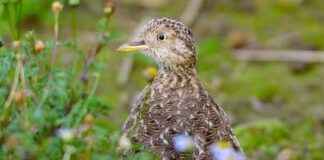Researchers they found some pretty cool stuff about birds and friendships, you know? Just like humans, birds also make friends with non-relatives over a long time. It’s pretty wild, right?
So, apparently, these researchers discovered that starlings help out their relatives, but they also lend a wing to non-relative birds too. Even when they have family nearby to help, these starlings stick together. Sounds like they have some serious loyalty going on.
The folks over at Columbia University did this study led by Alexis Earl, and what they found was that starlings engage in this thing called “reciprocity.” Basically, they help each other out with the expectation that the favor will be returned at some point. It’s like a bird friendship pact or something.
Dustin Rubenstein, a professor at Columbia, said that starling societies are more than just families. They’re like little bird communities with a mix of relatives and non-relatives living together. Kind of reminds you of human neighborhoods, doesn’t it?
Now, scientists have known for a while that animals help out their blood relatives to pass on their genes and all that jazz. And while starlings do show some favoritism towards family when it comes to lending a wing, they also have these non-relative “friendships” going on.
The researchers looked at hundreds of African starlings living in east African savannas over a span of 20 years. That’s a long time to be watching birds, but hey, it paid off. They collected DNA samples to figure out who was related to who, and what they found was pretty interesting.
These starlings were helping out their relatives, sure, but they were also sticking their necks out for their non-relative buddies. It’s like they were forming these bird friendships that lasted for years. Who knew birds could be so loyal?
Rubenstein said that they want to figure out how these bird friendships form, how long they last, and why some are stronger than others. It’s like a bird soap opera unfolding right in front of their eyes.
This study, titled “Superb starlings swap helper and breeder roles with kin and non-kin,” was published in the journal Nature. Maybe it doesn’t seem like a big deal to some, but understanding bird friendships could tell us a lot about how animals interact with each other, you know?
Subscribe to our newsletter for more updates and news. By signing up, you agree to all the legal stuff and to receive emails from us. We promise not to spam you (we’re not birds, after all).
Cristen, the writer of this article, seems pretty knowledgeable. She’s got a JD, an Ocean & Coastal Law Certificate, and an MA in Creative Writing. Talk about a diverse resume.
Overall, this study on starlings and their friendships sheds some light on how animals socialize. It’s like a little window into the bird world that we didn’t know existed. Maybe we should start paying more attention to our feathered friends. Who knows what other secrets they’re hiding?














